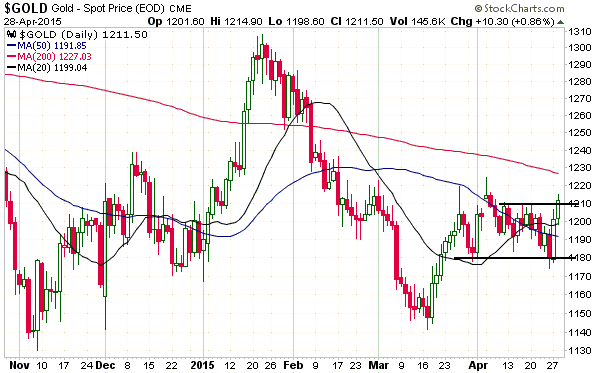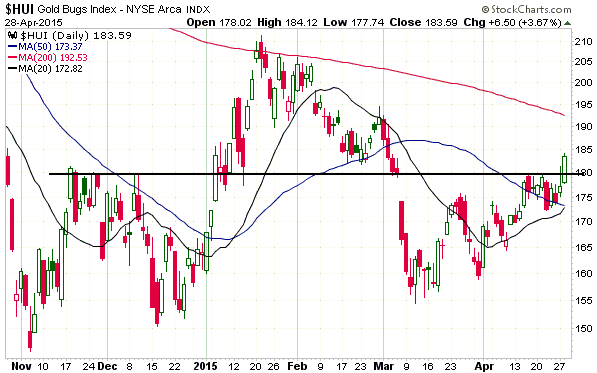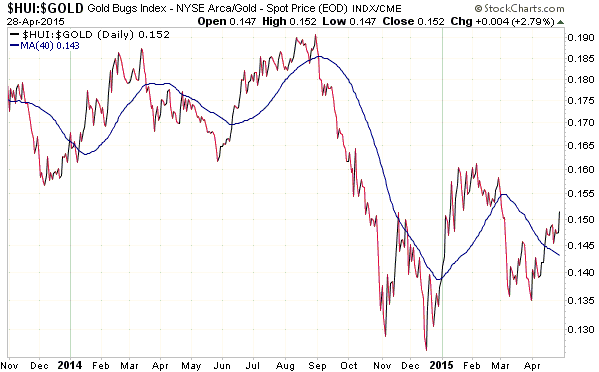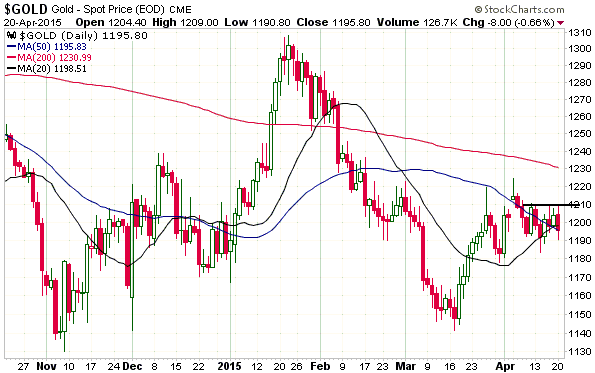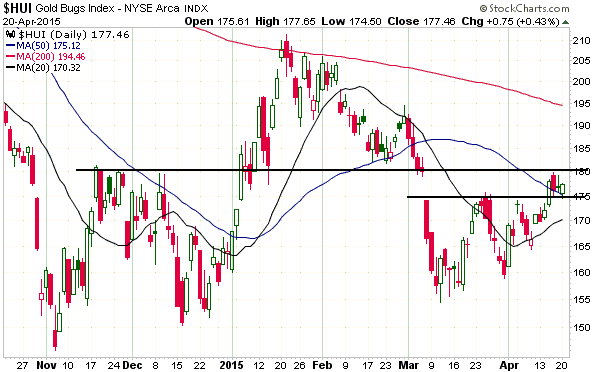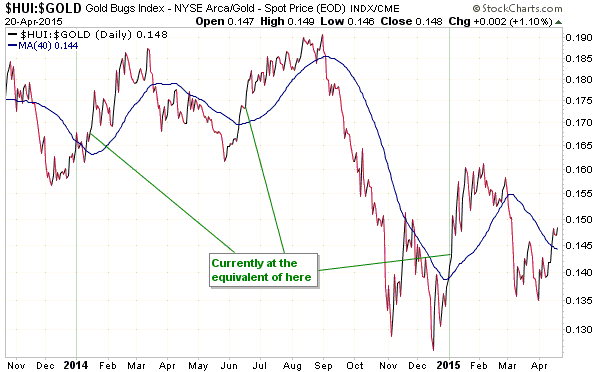The price of a commodity futures contract is not the market’s forecast of what the spot price will be in the future. For example, the fact that at the time of writing the price of the December-2016 WTI Crude Oil futures contract is $64.44 does not imply that ‘the market’ expects the price of oil to rise from around $59 (the current spot price) to around $64 by the end of next year. Moreover, the true message of the difference between the futures price and the spot (cash) price can be the opposite of the superficial message, in that the lower the futures price relative to the spot price the more bullish the price implication. If you understand why this is so then you understand more than former Fed chief and present-day blogger Ben Bernanke about how the commodity futures markets work, which, admittedly, is not saying very much.
Part of the reason that the price of a commodity futures contract is not a prediction of the future price of the commodity is that many of the largest participants in the futures markets do not buy/sell futures contracts based on a forecast of what’s going to happen to the price. Instead, they use the futures market to hedge their exposure in the cash market. For example, when an oil producer sells oil futures it is probably doing so because it wants to lock-in a cash flow, not because it expects the price to go down.
The main reason, however, is that the difference between the futures price and the spot price is driven by arbitrage and, in all commodity markets except the gold market, the extent to which current production is able to satisfy current demand (in the gold market there can never be a supply shortage because almost all of the gold mined in world history is still available to meet current demand). In effect, regardless of what people think the price of the commodity will be in the future, arbitrage trading will prevent the futures price from deviating from the spot price after taking into account the cost of credit (the interest rate) and the cost/availability of storage.
Considering the case of the oil market, I mentioned above that the spot price is currently about $59 and the price for delivery in December-2016 is about $64. This $5 difference does not imply that ‘the market’ expects the price of oil to be $5/barrel higher in December-2016 than it is today; it implies that the cost of storing oil for the next 18 months plus the interest income that would be foregone (or the interest that would have to be paid) equates to about $5/barrel. If not, there would be a risk-free arbitrage profit to be had.
For example, if a large speculator who was very bullish on oil bid-up the price of the December-2016 oil contract from $64 to $70, it would create an opportunity for other traders to lock-in a profit by purchasing physical oil and selling the December-2016 futures with the aim of delivering the oil into the contracts late next year. This trade (selling the December-2016 futures and buying the physical) would continue until the difference between the spot and futures prices had fallen by enough to eliminate the profit potential.
For another example, if a large speculator who was very bearish on oil aggressively short-sold the December-2016 oil contract, driving its price down from $64 to $60, it would create an opportunity for other traders to lock-in a profit by selling physical oil and buying the December-2016 futures with the aim of eventually replacing what they had sold by exercising the futures contracts. Even though in this example the December-2016 futures contract is still $1 above the spot price, there is a profit to be had because the cost of storage plus the time value of money amounts to significantly more than the $1/barrel futures premium.
I also mentioned above that the true message of the difference between the futures price and the spot (cash) price can be the opposite of the superficial message, in that the lower the futures price relative to the spot price the more bullish the price implication. I’ll use the same oil example to explain why.
As I pointed out, if the futures price falls by enough relative to the spot price it will lead to a situation where there is an essentially risk-free arbitrage profit to be made by selling the physical and buying the futures. However, this trade is only possible if the physical market is well supplied. If this isn’t the case and all the oil being produced is needed for current consumption, then the price of oil for future delivery can drop to an unusually low level relative to the spot price and stay there. If the current supply situation is tight enough then the futures price could even drop below the spot price. That’s why a sustained situation involving an unusually-low futures price relative to the spot price has bullish, not bearish, price implications.
My final point is that one of the most important influences on the difference between spot and futures prices for many commodities is the prevailing interest rate. In the gold market it is the most important influence by a country mile. The lower the interest rate the smaller the difference will tend to be between the spot price and the prices for future delivery, so in a world dominated by ZIRP (Zero Interest Rate Policy) the differences between spot and futures prices will generally be smaller than usual.
In conclusion, anyone who views an unusually-large premium in the commodity futures price as bullish and an unusually-low (or negative) premium in the commodity futures price as bearish is looking at the market bass-ackwardly.
 Print This Post
Print This Post

